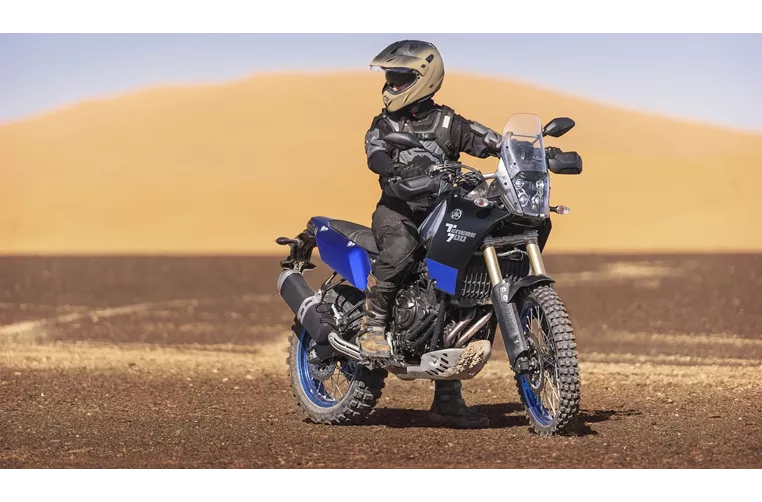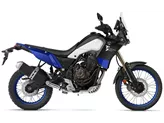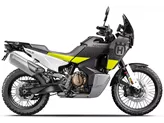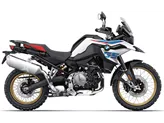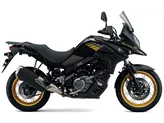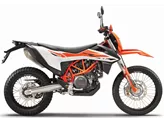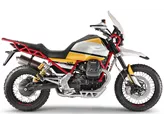Triumph Tiger 800 XC 2016 vs. Yamaha Tenere 700 2020

Triumph Tiger 800 XC 2016

Yamaha Tenere 700 2020
Overview - Triumph Tiger 800 XC 2016 vs Yamaha Tenere 700 2020
The Triumph Tiger 800 XC 2016 and the Yamaha Tenere 700 2020 are both enduro motorcycles designed for off-road adventures. While they share some similarities, they also have distinct differences that set them apart.
In terms of engine specifications, the Triumph Tiger 800 XC 2016 features a three-cylinder engine with a bore of 74 mm and a stroke of 61.9 mm. It delivers an impressive 95 HP of power and 79 Nm of torque. On the other hand, the Yamaha Tenere 700 2020 is equipped with a two-cylinder engine with a larger bore of 80 mm and stroke of 65.6 mm. It produces 73 HP of power and 68 Nm of torque. Both motorcycles have a chain transmission system.
When it comes to suspension, both bikes feature upside-down telescopic forks at the front. However, the Triumph Tiger 800 XC 2016 has a tubular frame type, while the Yamaha Tenere 700 2020 comes with a double cradle frame. The Triumph Tiger 800 XC 2016 has a front tire diameter of 21 inches and a rear tire width of 150 mm with a diameter of 17 inches. On the other hand, the Yamaha Tenere 700 2020 has the same front tire diameter but a slightly larger rear tire diameter of 18 inches. The wheelbase of the Triumph Tiger 800 XC 2016 is 1545 mm, while the Yamaha Tenere 700 2020 has a slightly longer wheelbase of 1590 mm. The seat height of the Triumph Tiger 800 XC 2016 is 845 mm, whereas the Yamaha Tenere 700 2020 has a higher seat height of 880 mm. Both motorcycles have a fuel tank capacity of around 16-19 liters.

Triumph Tiger 800 XC 2016
In terms of strengths, the Triumph Tiger 800 XC 2016 boasts a powerful three-cylinder engine with a great sound. It offers a comfortable seating position and is easy to handle. The long suspension travel makes it capable of off-road adventures, and the chassis provides a comfortable ride. The bike also comes with selectable riding modes, adjustable ABS, and traction control, as well as extensive features.
On the other hand, the Yamaha Tenere 700 2020 is praised for its playful handling and great engine performance. It has a clean finish and a fully adjustable chassis, making it suitable for various riding conditions. The bike is relatively lightweight and offers the option to switch off the ABS. Additionally, it is considered to have a fair price compared to other models in its class.
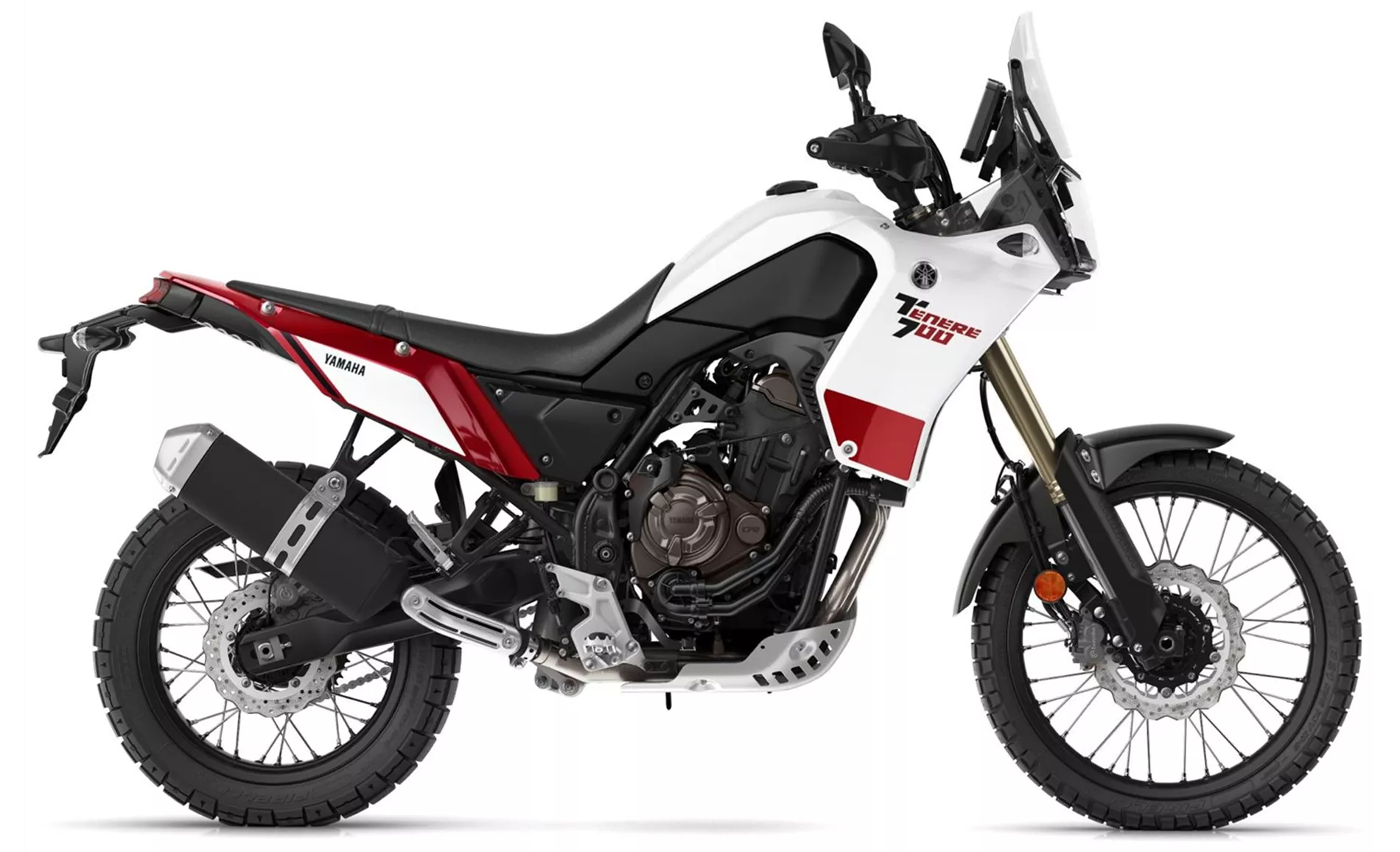
Yamaha Tenere 700 2020
However, the Triumph Tiger 800 XC 2016 does have a few weaknesses. It is visually similar to its predecessor, which may not appeal to riders looking for a fresh design. The wind protection is also not optimal, and the footrests may drag early with a very sporty riding style.
Similarly, the Yamaha Tenere 700 2020 has some weaknesses. It lacks some electronics that would be useful for road trips, and the seat may become uncomfortable on long journeys.
In summary, both the Triumph Tiger 800 XC 2016 and the Yamaha Tenere 700 2020 have their own strengths and weaknesses. The Triumph Tiger 800 XC 2016 offers a powerful three-cylinder engine and extensive features, while the Yamaha Tenere 700 2020 provides playful handling and a fair price. Ultimately, the choice between the two will depend on the rider's preferences and intended use.
Technical Specifications Triumph Tiger 800 XC 2016 compared to Yamaha Tenere 700 2020
Pros and Cons in comparison
Pros and Cons in comparison
Triumph Tiger 800 XC 2016
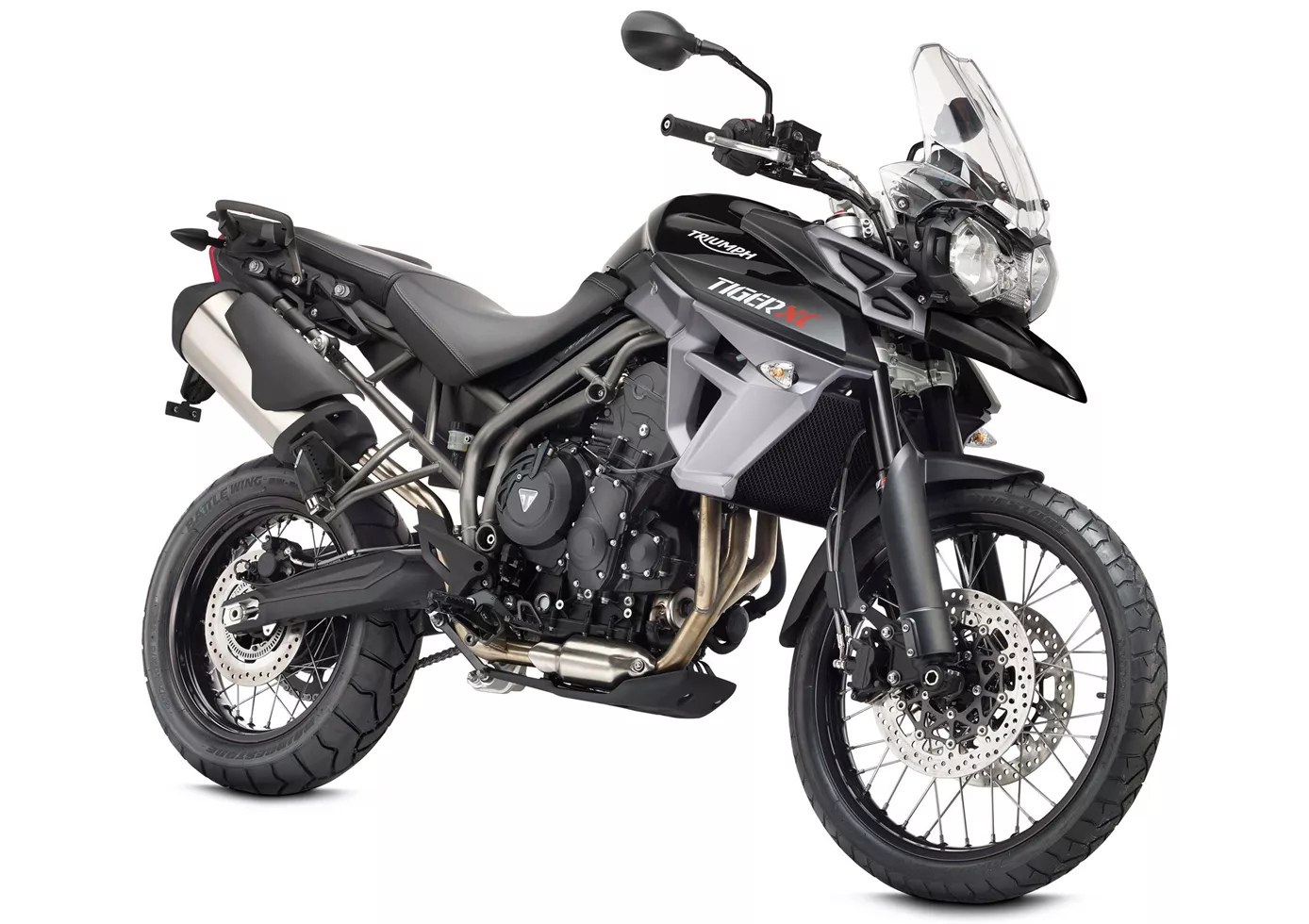
The new edition of the Tiger 800 XC can be considered quite successful. Even the "conventional" version can do much more than its predecessor thanks to the ride-by-wire system and standard traction control and ABS (both can be switched off). However, if you want to venture off-road more often, which is definitely what the designers had in mind thanks to the large wheels and spoke rims, you should choose the Tiger 800 XCx, which costs just under 1000 euros more. Thanks to the freely selectable riding modes, the x-version can be optimally tuned to the respective terrain. In addition, there is an engine guard, self-resetting turn signals, cruise control, main stand, underride protection, an additional 12V socket and hand protectors - which probably more than justifies the extra charge.
Yamaha Tenere 700 2020

Compared to the sporty single-cylinder competition from KTM or Husqvarna, which you first have to make suitable for touring with a windshield, larger tank, etc., the Twin offers a smoother ride and thus better long-distance capability, and compared to most two-cylinder competitors, with the exception of KTM's 890 Adventure R, it offers more off-road capability. In any case, the Tenere 700 has become a real enrichment for the touring enduro segment, so it was worth the wait.
Price Comparison Avarage Market Price Triumph Tiger 800 XC vs Yamaha Tenere 700
There are a few key differences between a Triumph Tiger 800 XC 2016 and a Yamaha Tenere 700 2020. It takes less time to sell a Yamaha Tenere 700 with 56 days compared to 112 days for the Triumph Tiger 800 XC. Since model year 2011 1000PS.de editors have written 16 reviews for the Triumph Tiger 800 XC and 41 reviews for the Yamaha Tenere 700 since model year 2019. The first review for the Triumph Tiger 800 XC was published on 11/1/2010 and now has more than 8,200 views. This compares to more than 50,600 views for the first review on Yamaha Tenere 700 published on 10/1/2018.

